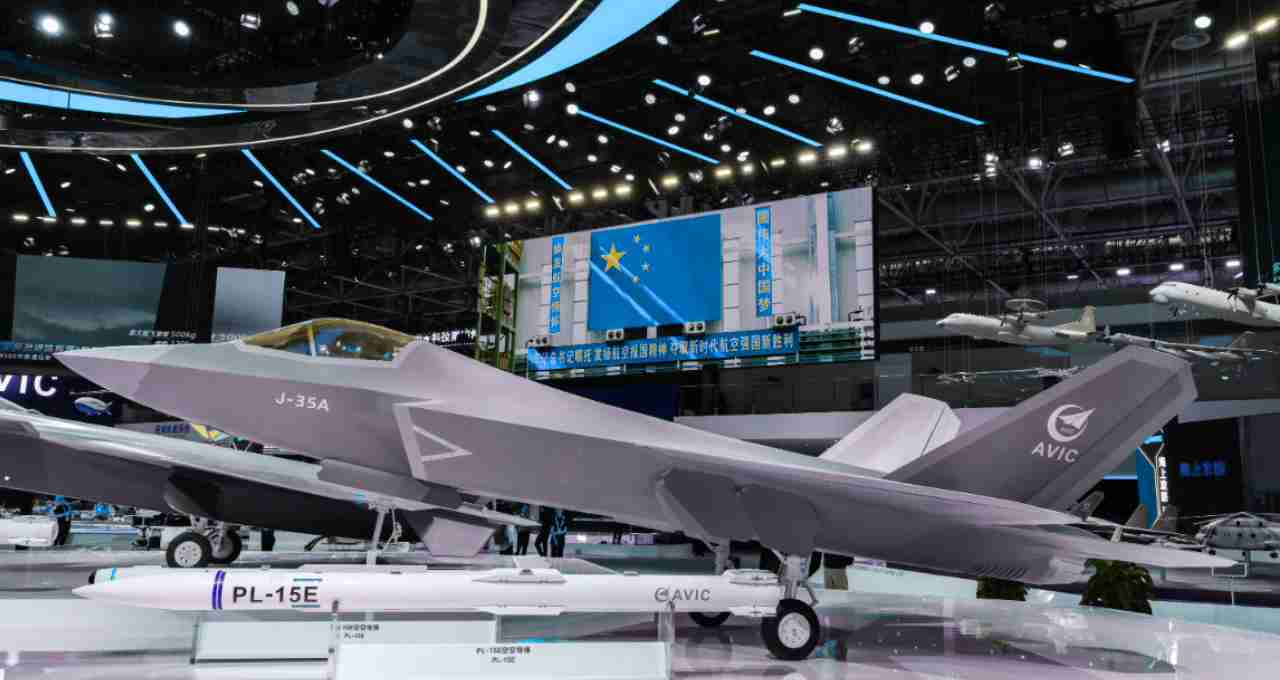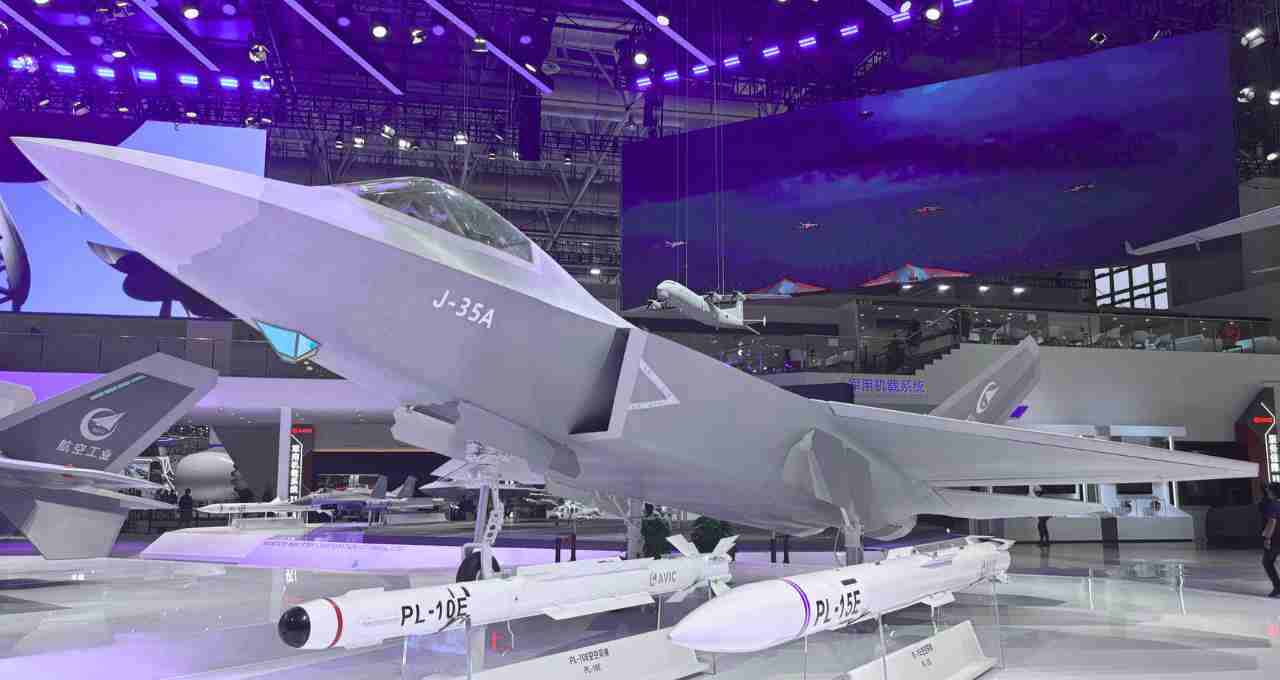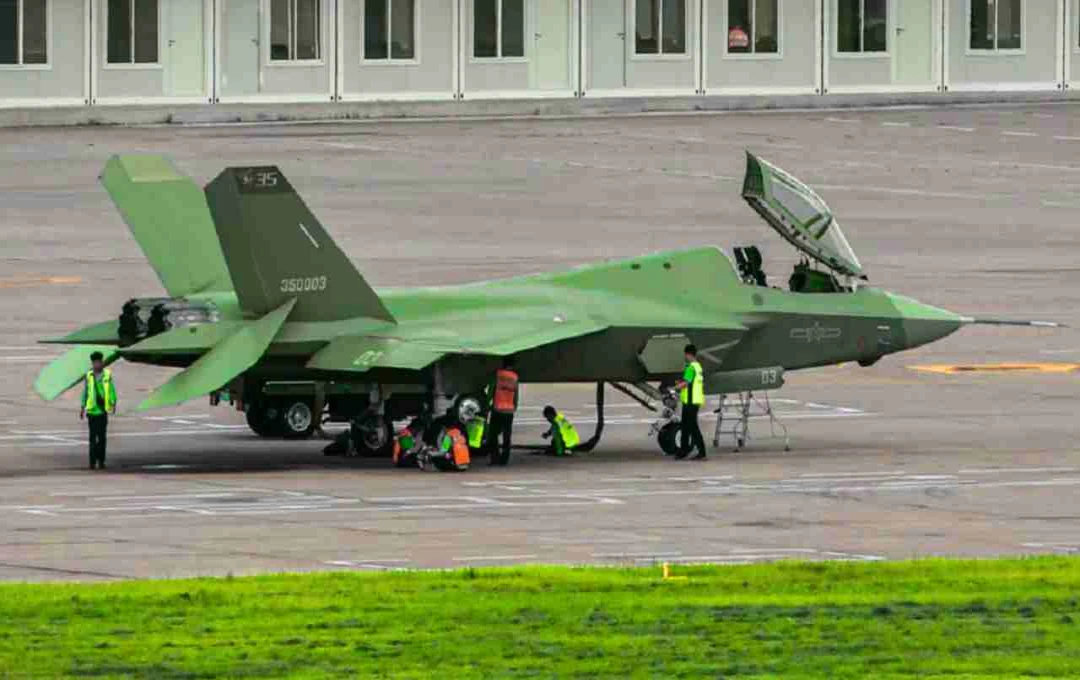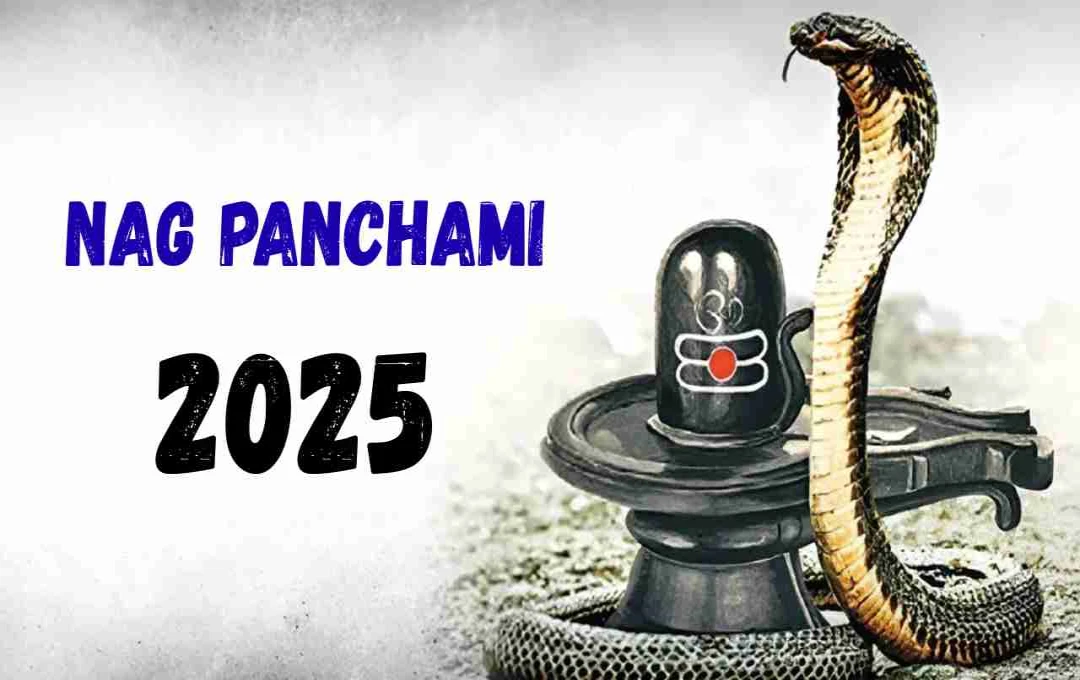India is already a leader in the region with state-of-the-art missile systems, satellite-based surveillance, and AI-based military equipment. Pakistan's efforts in this regard can be seen as an attempt to create a strategic balance, but they also risk increasing the arms race and instability in South Asia.
Amidst the world's changing strategic landscape, military might is increasingly becoming the cornerstone of a nation's diplomacy. In line with this, Pakistan has taken a significant step towards upgrading its defense sector. According to media reports, Pakistan may soon acquire the next-generation J-35A stealth fighter jet from China. This aircraft will not only add a new dimension to its air power but could also affect the regional security balance.
This move could be strategically significant for India, as the military partnership between China and Pakistan continues to deepen, and this cooperation is directly linked to India's security challenges.
What is the J-35A Stealth Fighter Jet?

The J-35A is a fifth-generation multi-role stealth fighter jet developed by China's leading aerospace company, AVIC (Aviation Industry Corporation of China). Also known as the 'FC-31 Gyrfalcon,' this aircraft is considered China's answer to America's F-35 Lightning II.
The primary purpose of this aircraft is stealth missions, meaning operations where it can penetrate deep into enemy territory by evading radar systems. The J-35A's dual-engine design, advanced avionics, and superior aerodynamic capabilities make it an extremely dangerous combat aircraft.
What Technologies Make it Dangerous?
- Stealth Technology: The J-35A's body incorporates radar-absorbing materials, allowing it to fly undetected by enemy radar systems. Its design is specifically engineered with techniques that prevent radar signals from being reflected.
- Speed and Range: This aircraft can reach speeds of approximately Mach 1.8, and its operational range exceeds 2000 kilometers. This means it is capable of conducting deep strikes into enemy territory.
- Multi-role Capability: This fighter jet is capable of air-to-air and air-to-ground attacks. It can be used for missions such as patrol, attack, reconnaissance, and electronic warfare.
Weapon Systems: Power to Wreak Havoc from the Sky

The J-35A is equipped with state-of-the-art weapon systems, including:
- PL-15 Missile: This is a long-range, active radar-guided air-to-air missile, believed to have a range of up to approximately 300 kilometers.
- PL-10 Missile: This is a short-range missile used in close-quarters aerial combat.
- Laser-Guided Bombs: Used for precisely targeting ground-based installations.
- AESA Radar: Capable of multi-target tracking and electronic countermeasures.
Why is this a Game-Changer for Pakistan?
Pakistan has long sought to acquire modern military technology from the US, China, and European countries. Aircraft like the JF-17 are already in its fleet, but they are not fully stealth-capable and come with several limitations. The acquisition of the J-35A will provide Pakistan with a fifth-generation stealth platform, elevating its air power to new heights.
The J-35A offers more advanced stealth capabilities compared to India's aircraft. By using it, Pakistan could gain the ability to evade India's air defense systems, especially in border areas.
What Threat Could This Pose to India?
India currently possesses modern aircraft such as the Rafale, Tejas, and Sukhoi-30. Rafale aircraft are equipped with highly advanced weapon systems and electronic warfare capabilities. Despite this, due to the J-35A's stealth technology and long-range missiles, it could present a new strategic challenge for India.
Particularly, if Pakistan integrates this technology with China's ISR (Intelligence, Surveillance, Reconnaissance) capabilities, it could become a concern for India on both the LAC (Line of Actual Control) and LoC (Line of Control) fronts.
What is India's Strategic Preparedness?
India is already working towards technologically strengthening its air force. Some key steps include:
- AMCA Project: India's indigenous fifth-generation stealth fighter program, which will become a strength for the Indian Air Force in the coming years.
- Deployment of Rafale Squadrons: Rafale jets have already been deployed on both of India's fronts.
- Tejas Mark-2 and Drone Technology: India is investing in modern light combat aircraft and UAVs (Unmanned Aerial Vehicles).















